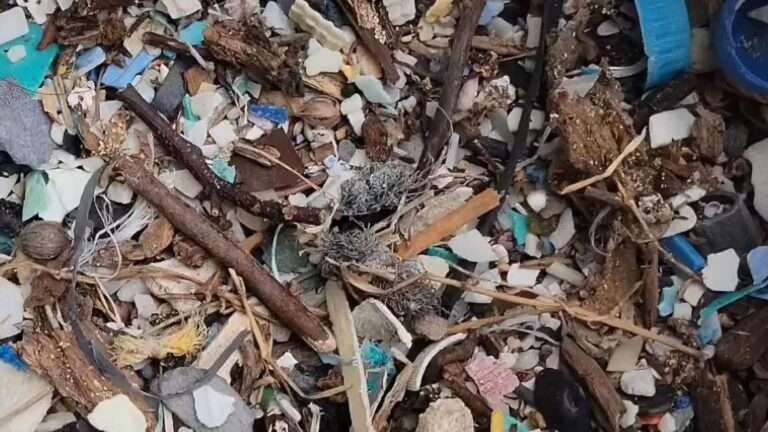
Veg Plots For Rent At Beet-hoven’s Cemetery
Burial officials in Austria are opening up unused graves in cemeteries where gardeners can grow organic veg alongside the dearly departed. The bizarre plan means anyone with a burial plot…

Burial officials in Austria are opening up unused graves in cemeteries where gardeners can grow organic veg alongside the dearly departed. The bizarre plan means anyone with a burial plot…

Retired US Marine Corps combat engineer shows off a new tool capable of separating microplastics from organic sea matter. The Trash Time Machine (TTM) is an open-source invention created by…

Prehistoric Bronze Age daggers were mainly used as tools for skinning animal carcasses rather than as weapons, reveals new research. The knives, made from copper alloy, were widespread in Europe…

A research team has created nano sponges that can effectively filter organic pollutants from water. Researchers Changxia Li and Freddy Kleitz from the Faculty of Chemistry at the University of…

Organic farming is not necessarily the best option to protect wild bees, German researchers have found. Agroecologists of Goettingen University in the German State of Lower Saxony say that their…
Black car paint could become a secret weapon in the battle to kill the yellow fever mosquito which has a natural resistance to some insecticides. In a study appearing in…

Microscopic pieces of plastic from European cities such as London and Paris have been detected in the Austrian Alps at about 3,106 metres above sea level. Recent measurements taken at…
A shocking study has revealed that 100 percent of people tested in a study including people eating mostly organic produce had banned and dangerous pesticides in their urine. The study…